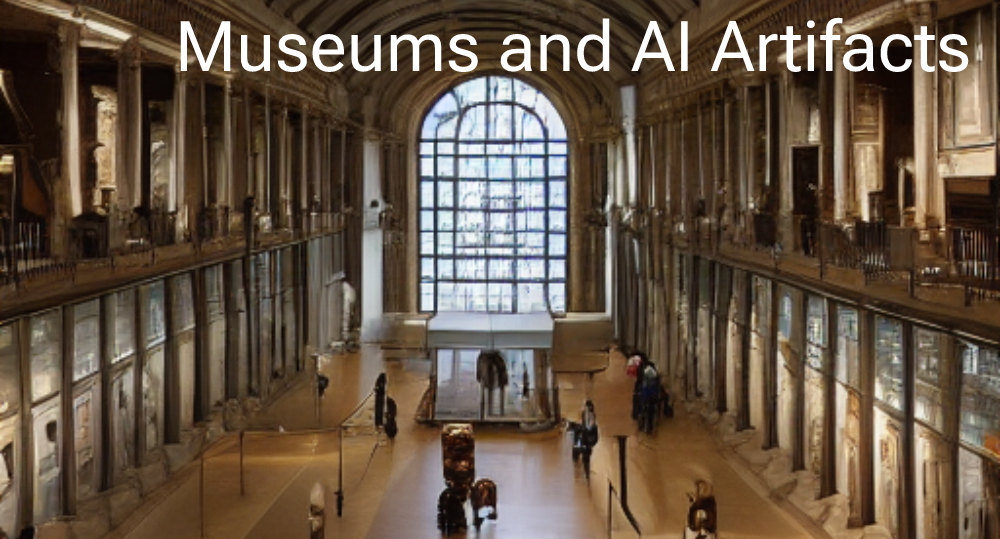The history of the AI model that created the first image
Artificial intelligence (AI) has been making waves in the art world for the past few years, creating some truly impressive and unique works of art. The first AI-generated image was created by a computer program called AARON, designed by artist Harold Cohen in the 1970s.^1 AARON was a pioneering example of a generative algorithm, which created drawings by following a set of rules and instructions.
How AI models have influenced fine art
Since the creation of AARON, AI has continued to be an influential force in the world of fine art. In recent years, several artists have used AI to create stunning pieces of art that are both innovative and unique. Some AI-generated art is based on the principles of generative algorithms, while others use machine learning to analyze and replicate existing art styles.^2
One example of AI-generated art is the “Memorandom” series by artist Anna Ridler, which uses machine learning to generate intricate, floral designs based on a set of rules and data. Another example is “The Next Rembrandt,” a project by Dutch advertising agency J. Walter Thompson Amsterdam, which used machine learning to create a painting that looked like a work by the famous Dutch artist.^3
What technologies have become used by museums from AI
AI has also become an essential tool for museums and art institutions. One use of AI in museums is in the creation of virtual tours and interactive exhibits, which allow visitors to explore exhibits and collections in new and exciting ways.^4 AI is also used in the conservation and restoration of art, as well as in the analysis and interpretation of historical and cultural artifacts.^5
For example, the British Museum has been working with Google to create virtual tours and 3D models of some of its most famous exhibits, including the Rosetta Stone and the Egyptian mummies.^6 Similarly, the Getty Conservation Institute has used AI to analyze and restore ancient artworks and artifacts, including the famed terracotta warriors of China.^7
What was the first award given to AI
The use of AI in art has not gone unnoticed, and in 2018, the first AI-generated artwork to be sold at an auction was sold for a staggering $432,500.^8 The piece, titled “Portrait of Edmond de Belamy,” was created by Paris-based art collective Obvious using a generative adversarial network (GAN), a type of machine learning algorithm.
What people remember most of the artifacts created by AI
While the use of AI in art is still a relatively new development, it has already produced some memorable and impactful works of art. One example is the “Deep Dream” series by Google engineer Alexander Mordvintsev, which uses a neural network to create dreamlike, surreal images based on existing photographs.^9 Another example is the “Ai-Da” robot, a humanoid robot artist that uses machine learning and computer vision to create original artworks.^10
In conclusion, AI has become an essential tool in the world of fine art, with artists and museums alike using AI-generated art to create innovative and unique works of art. As AI continues to advance and evolve, we can expect to see even more exciting and groundbreaking artworks in the years to come.
Footnotes:
“AARON.” Harold Cohen Studio.
“Can a computer be creative? Meet the artists, poets and musicians who say yes.” The Guardian, May 14, 2019.
“The Next Rembrandt: How JWT Amsterdam used technology to replicate the old master’s work.” Creative Review, April 5, 2016.
“Artificial Intelligence
RCE_M
